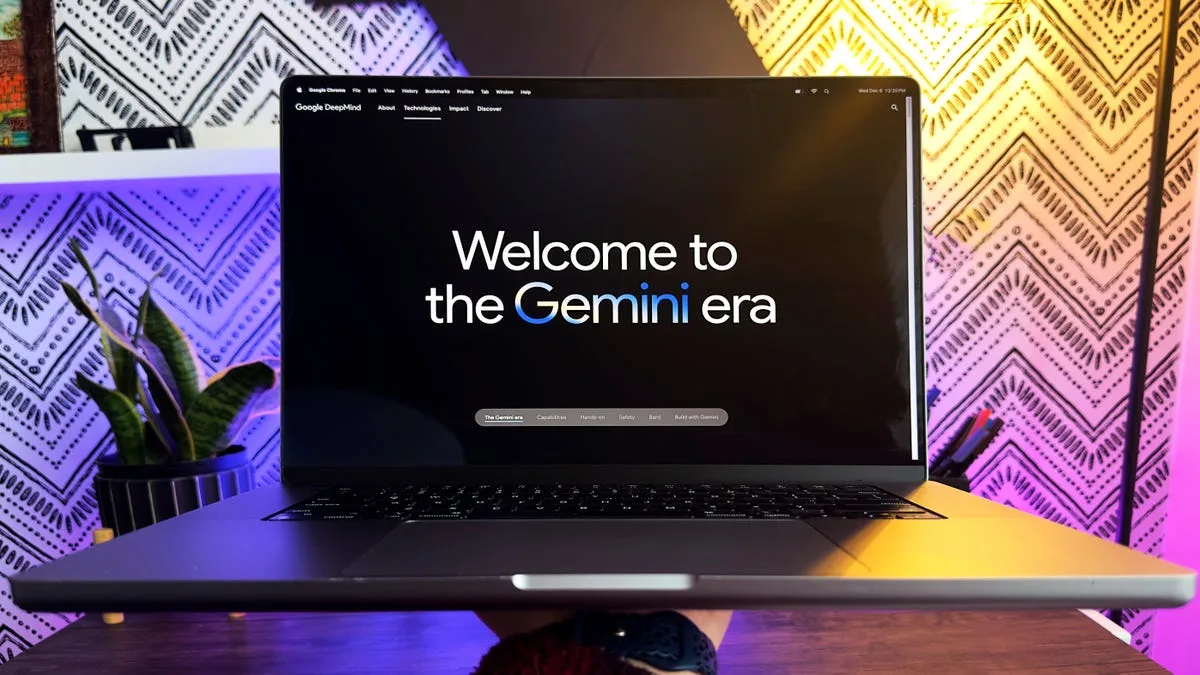DeepSeek Disrupts the Generative AI Landscape
How a Low-Cost Model is Challenging Established Giants
China-based DeepSeek has made waves in the generative artificial intelligence (GenAI) sector early this year, unveiling a low-cost but high-performance model that poses a challenge to established players like OpenAI and other industry giants.
Since late 2022, a few dominant AI assistants, including OpenAI’s ChatGPT, Anthropic’s Claude, and Google’s Gemini, have maintained a firm grip on the market, driven by multi-billion-dollar investments in talent, data centers, and state-of-the-art AI chips.
The Emergence of DeepSeek
DeepSeek changed the game with its R1 model, reportedly developed at a cost of approximately $6 million, leveraging less advanced chips compared to its competitors.
While some industry experts speculate that DeepSeek’s development costs may have been higher than claimed, its introduction has sparked discussions that GenAI assistants are increasingly becoming commoditized due to rapid innovation and shifting market dynamics.
The Competitive Landscape
“The first company to train models must expend lots of resources to get there,” noted CFRA senior equity analyst Angelo Zino.
On the other hand, Zino also indicated that “the second mover can get there cheaper and more quickly.”
Growing Accessibility of GenAI Models
Attending a recent HumanX AI conference in Las Vegas, Hugging Face co-founder Thomas Wolf highlighted a trend: it’s becoming cheaper to launch GenAI models, diminishing the significance of brand loyalty in user selection.
“I feel like we are moving to this multi-model world, which is a good thing,” Wolf commented, referencing the tepid response to the latest iteration of ChatGPT.
OpenAI’s Position
OpenAI’s chief product officer Kevin Weil countered the narrative that all models are equal, asserting, “That’s actually not true. The days of us having a 12-month lead are probably gone, but I think we have a three- to six-month lead, and that is really valuable.”
Weil emphasized that OpenAI intends to defend its position, leveraging its 400 million users to continuously improve its models based on substantial user data.
Market Resilience and Strategic Flexibility
As Alpha Edison equity firm research director Fen Zhao noted, “OpenAI has the Google advantage of being the thing that’s in everybody’s minds.” Jeff Seibert, head of the AI startup Digits, concurred that while OpenAI may maintain its lead, the gap will likely close over time.
“For advanced use cases, yes, there will be a lot of advantages,” Seibert remarked regarding OpenAI’s continuing strength. “But for a lot of stuff, it won’t matter as much.” He advised technology entrepreneurs to create adaptable systems that allow for swapping GenAI models as the market evolves.
The Economics of GenAI
Improvements in chip utilization and new optimization techniques have driven down costs for developing large language models (LLMs) that power ChatGPT, Gemini, and their competitors.
An open-source approach from some LLMs is credited with accelerating innovation by allowing free access to software for modification and enhancement.
The Future of Valuation in AI Startups
However, according to Zino, the valuation of closed-model startups like Anthropic and OpenAI may have peaked as their “first-mover advantage dissipates.” A significant investment from Japanese giant SoftBank of $40 billion in OpenAI earlier this year, which valued the startup at $300 billion, came as a surprise to many.
As private equity firm Sapphire Ventures’ Jai Das pointed out, “If you’re burning a billion dollars a month, which I think OpenAI is, you have to keep raising money.” The sustainability of such expenses raises questions about future revenue generation compared to cash burn rates.
In early March, Anthropic secured $3.5 billion in funding, which propelled its valuation to $61.5 billion, reaffirming competition in the rapidly evolving AI market.
FAQs
- 1. What is DeepSeek’s R1 model?
- DeepSeek’s R1 model is a low-cost generative AI model that claims to deliver high performance while being developed at a cost of around $6 million.
- 2. How do established AI companies view competition from new players like DeepSeek?
- Industry experts note that new entrants can often enter the market with lower costs and faster deployment, which challenges the dominance of established players.
- 3. What advantage does OpenAI have over its competitors?
- OpenAI has a significant user base of 400 million, which allows it to continually improve its models based on extensive user data, maintaining a competitive edge.
- 4. Why is the valuation of startups like Anthropic and OpenAI seen as peaking?
- Analysts suggest that their first-mover advantages are diminishing amid increasing competition and greater accessibility to generative AI technologies.
- 5. How can technology entrepreneurs adapt in such a rapidly changing industry?
- Entrepreneurs are advised to design their technologies with flexibility in mind, allowing them to easily swap GenAI models as the landscape continues to evolve.







